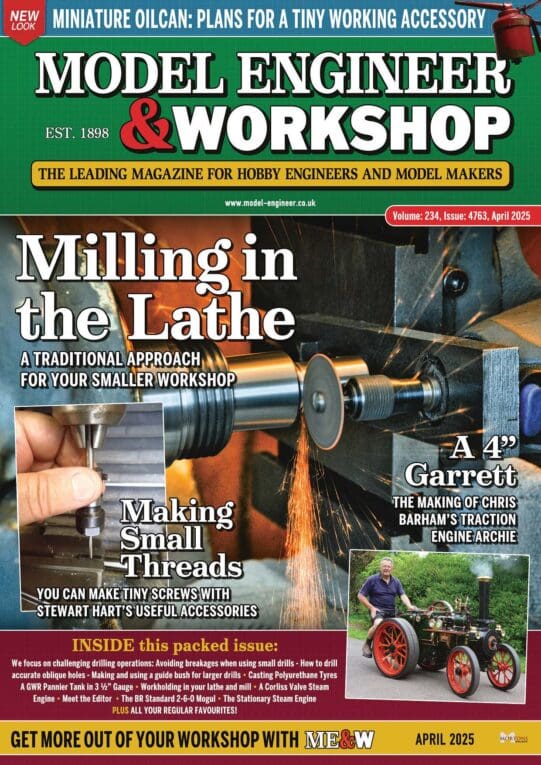In another thread Michael Gilligan asks for a definitive answer to the slackening question. To which I can only say “Don’t be silly, I can give you at least three different definitive answers.” (‘Maybe’, ‘it depends’, and ‘it is up to you’.)
Whilst Charles’ witty rejoinder made me laugh out loud, can I ask him to try harder.
Historically many problems reported adjusting Griptru and some of them have come up again here! Let’s face it: something is wrong. Looking at Pratt Bernerds diagram, I think the difficulty is fairly obvious. I see a clever mechanism, that within limits, can be tweaked to reduce run-out. This is a good thing, but it’s a fine adjustment requiring the chuck to be operated correctly.
Unlike a plain 3 or 4-jaw, both robust mechanisms, the Griptru adjusters are rather delicate, and an untrained operator could get into trouble by overtightening one or more. This might lead him to believe that releasing fixing screws to allow more movement is the answer, when that shouldn’t be necessary. Griptrus are vulnerable to operator error!
Bill provided a most helpful link to the manual, which I recommend reading carefully. Here’s what Pratt Bernerd say about the operator:

Note the word ‘only’. I translate this as “Pratt Bernerd have been bothered with chucks returned damaged or believed faulty by owners who didn’t understand them. Pratt Bernerd need to cover our sorry corporate bottom because some customers mess up.” Judging by the number of times Griptru comes up in old mags and on the web, quite a few customers…
Never set a Griptru myself, but Bill’s instructions show a process like that used to centre a 4-jaw. Not rocket-science, but centring a 4-jaw requires understanding jaw movements, plus an acquired skill. Practice needed.
Is it worth owning a Griptru? In my case, no! What I already own covers the ground adequately:
- Most of my turning is held in a plain 3-jaw, because all the necessary cutting is done without taking the job out of the chuck.
- When I must reset work in a chuck:
- A 4-jaw and DTI allow accurate centring. Fairly quickly, though I guess not as fast as a Griptru. But I’m rarely in a hurry.
- When speed matters, I look to collets. ER32, nothing special, but apart from bumping the collet chuck into alignment on first fitting, collets are fast and accurate. Already owning an ER32 collet set for my mill means I don’t have to spend money on a Griptru,
If the only choice was either a Griptru and a 4-jaw, I’d take the 4-jaw. In addition to allowing accurate centring 4-jaw chucks are more versatile than the Griptru in that jobs can be deliberately rotated off-centre, which is useful for cams and ovals etc. In contrast the Griptru is less useful.
Though I can’t justify owning a Griptru myself, they’re advantageous for others. When an unusual level of accuracy is needed, and parts have to be made against the clock, and the workflow requires parts to be repeatedly taken on and off the chuck. Or perhaps in an ordinary workshop a Griptru can be used most of the time as an ordinary 3-jaw (not adjusted), but tweaking is handy if a job requires resetting. Down to the owner to decide if that’s worth it!
In conclusion, although the Griptru fails my “value for money” and “fit for purpose” tests, it might well be the bees-knees in your workshop. A potential problem though is that the operator has to learn how to adjust them, and – like a 4-jaw – that’s not quite as easy as it seems. As with all tools, my view is don’t waste money on them unless there’s a specific need. And if you do buy one, read the instructions, and practice setting it up. If there’s trouble, first suspect the operator! Then, check that a previous owner hasn’t damaged it…
Does the above make sense? Hope it’s more helpful than ‘Maybe’, ‘it depends’, and ‘it is up to you’. No jokes I’m afraid.
Dave
SillyOldDuffer.







